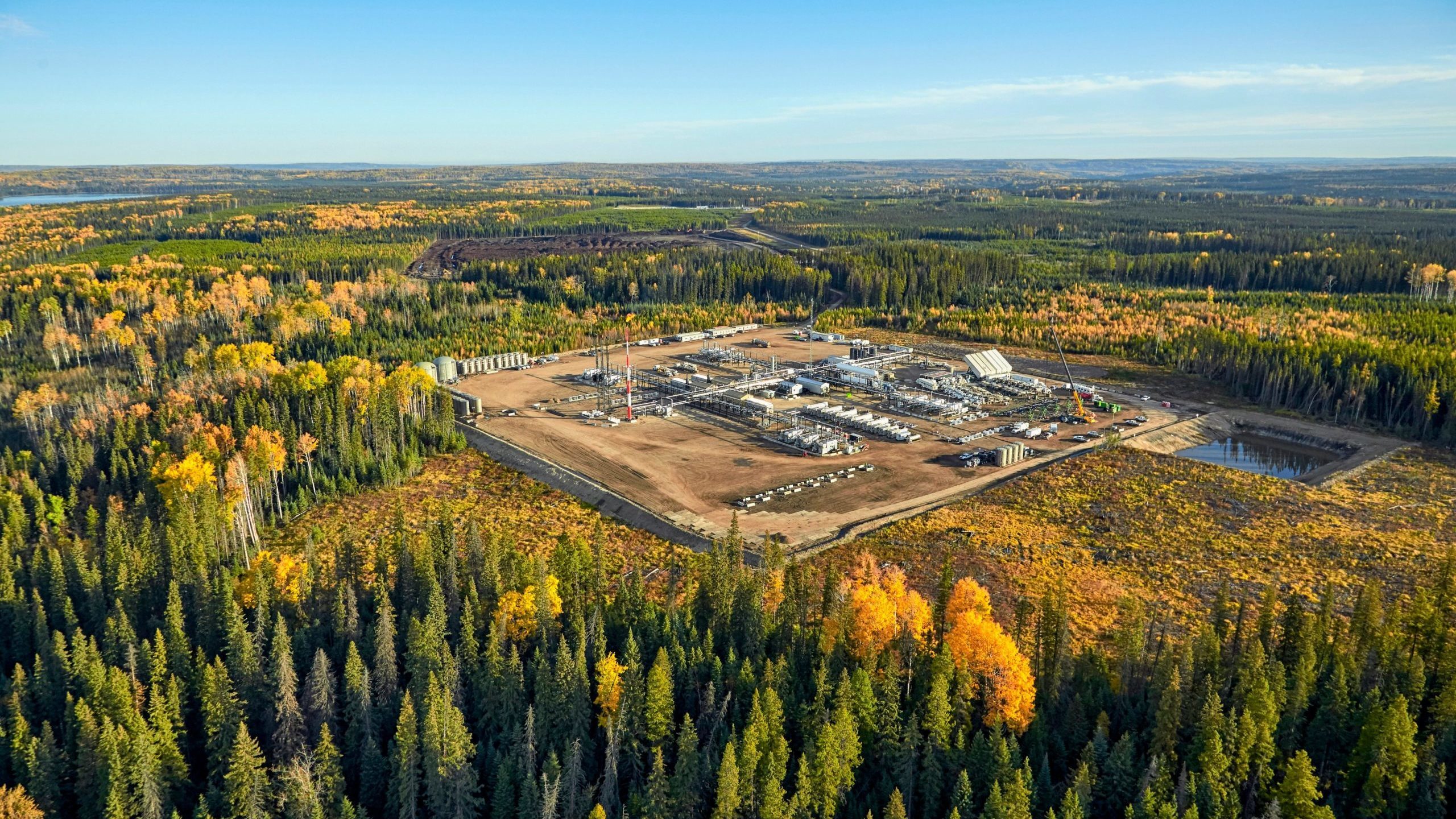Canadian natural gas is finding its way to global customers desperate for more LNG, but it’s not because of any export project on Canada’s coasts.
Instead, the supply is taking off on ocean tankers as part of the mix from liquefied natural gas (LNG) terminals in the United States, according to consultancy Deloitte Canada.
“It appears that every spare cubic foot of Canadian natural gas that’s not being used for domestic consumption is being exported to the United States for LNG export,” analysts wrote in Deloitte’s July oil and gas market outlook.
U.S. transport of LNG to Europe is surging in the wake of Russia’s invasion of Ukraine.
Before the invasion, Europe relied on Russia to meet about 40 per cent of its natural gas demand. The European Commission now aims to reduce its use of Russian natural gas by two-thirds this year and eliminate it entirely “well before” 2030.
In the first four months of 2022, LNG imports from the United States to the European Union and United Kingdom more than tripled compared with 2021, according to the U.S. Energy Information Administration (EIA). The majority of U.S. LNG exports (74 per cent) have gone to Europe so far this year.
Thanks to an extensive interconnected pipeline network, U.S. LNG exports can include natural gas from Canada.
The largest U.S. LNG exporter, Cheniere Energy, now has long-term supply deals with two Canadian natural gas companies.
Cheniere was first out of the gate for major U.S. LNG export projects, starting up the Corpus Christi facility in South Texas in 2016. Plans for the project were announced in 2010, about one year before Shell and its partners announced plans for the LNG Canada project.
Fast forward to today and the U.S. is now neck and neck with Qatar as the world’s largest LNG supplier with eight operating export terminals. Canada’s first LNG project is still being built.
Last year Calgary-based natural gas producer Tourmaline Oil announced a 15-year supply agreement with Cheniere Energy for LNG exports, to start in 2023. The company struck a similar 15-year supply deal with Calgary-based ARC Resources in May 2022, to start in 2027.
ARC Resources is also a partner in the proposed Ksi Lisims LNG project on the B.C. coast, along with the Nisga’a Nation, six other Canadian natural gas producers, and a U.S.-based LNG developer. The project is one of four in development on Canada’s west coast, including the LNG Canada project that is now under construction and expected to go into service in 2025.
World demand for natural gas and LNG is expected to continue rising through 2050, according to the International Energy Agency. Russia’s invasion of Ukraine adds a layer of uncertainty to an already tight market that Canada could help fill.
World LNG use was already expected to nearly double between 2021 and 2040, crossing 700 million tonnes, according to Shell’s latest industry outlook.
The demand growth is so strong that Shell anticipates by the mid-2020s there will be a shortfall in supply.
Expansion of LNG in Canada could spark an employment wave that rolls across the country over the long term, according to a 2020 report by the Conference Board of Canada.
In a scenario based on relatively conservative expansion, the Conference Board estimated that Canadian LNG could support 96,550 direct, indirect and induced jobs annually across the country between 2020 and 2064.
“Post-pandemic, the Canadian economy will need stimulus. An LNG industry brings long-term investment and production that can contribute to the country’s economic recovery,” the Conference Board said.
LNG development in Canada should be prioritized and accelerated to improve world energy security, help reduce emissions while providing benefits for Canadians.
The unaltered reproduction of this content is free of charge with attribution to Canadian Energy Centre Ltd.
